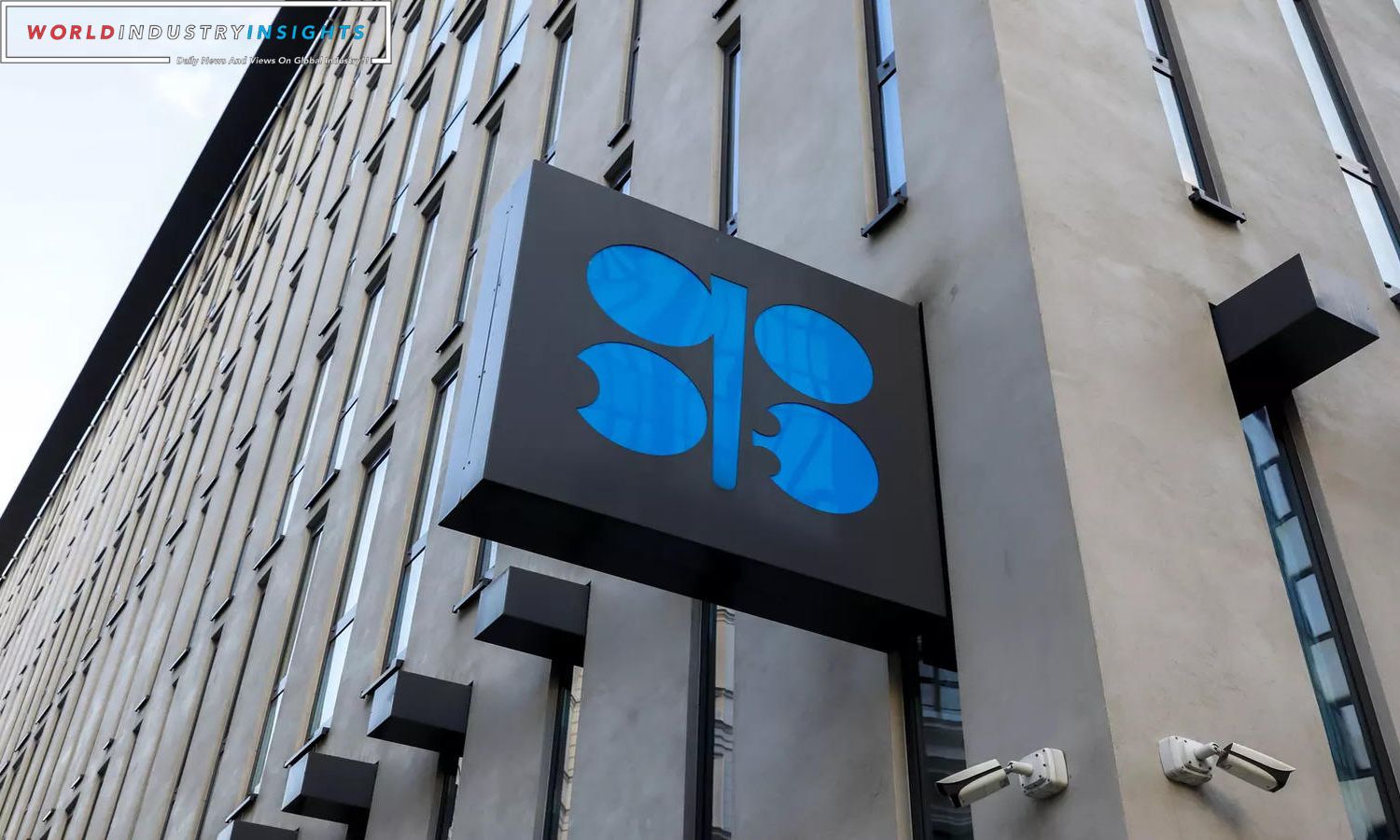Oil Market Balancing Act: Oil futures saw a modest rise on Monday, extending recent gains driven by growing expectations that OPEC+ might opt for deeper supply cuts to stabilize prices. Brent crude futures advanced by 0.7% to reach $81.18 a barrel, while U.S. West Texas Intermediate crude experienced a similar 0.7% increase, reaching $76.40 a barrel. The December contract for WTI is set to expire later on Monday, with the more active January futures gaining 0.7% at $76.59 a barrel.
This upward movement follows Friday’s notable 4% surge, fueled by indications that OPEC+, consisting of the Organization of the Petroleum Exporting Countries and their allies, including Russia, is contemplating additional oil supply cuts when they convene on November 26. The recent weeks have witnessed a decline of almost 20% in oil prices, raising concerns about oversupply, especially as prompt inter-month spreads for both Brent and WTI slipped into contango last week.
Prompt prices in a contango market indicate that current prices are lower than those in future months, signaling a perceived surplus in supply. Goldman Sachs analysts noted in a recent note that their statistical model of OPEC decisions suggests that the possibility of deeper cuts should not be ruled out, considering the decline in speculative positioning and timespreads, along with higher-than-expected inventories.
The baseline forecast from Goldman Sachs anticipates that the existing production cuts within the OPEC+ group will remain fully in place through 2024. Furthermore, they expect Saudi Arabia’s unilateral cut of 1 million barrels per day to be extended through the second quarter of next year, gradually reversing only from July onwards.
Also Read: Global Oil Market Tensions Rise Amid Iraq’s Supply Decision and China’s Economic Challenges
Analysts, such as Tony Sycamore from IG, suggest that the possibility of OPEC+ announcing deeper cuts at the upcoming meeting could propel WTI prices towards $80 a barrel. However, if prices dip below $72, it might encourage the Biden administration to replenish the U.S. Strategic Petroleum Reserve.
Investors are closely monitoring potential disruptions in Russian crude oil trade following Washington’s imposition of sanctions on ships involved in transporting Sokol crude to India. Additionally, Russia recently lifted a ban on gasoline exports, potentially adding to global supplies of the motor fuel.
In the Middle East, the possibility of a deal to free some hostages in the Gaza enclave, despite ongoing conflict, has been noted by U.S. and Israeli officials. This geopolitical element adds a layer of complexity to the oil market dynamics.
U.S. energy firms, as reported by Baker Hughes on Friday, added oil and gas rigs for the first time in three weeks. The oil and gas rig count often serves as an early indicator of future output trends, adding another variable to the intricate mix influencing oil prices.
As the market continues to absorb these developments, the coming days will likely provide further clarity on the direction of oil prices, influenced by OPEC+ decisions, geopolitical events, and the broader economic landscape.


